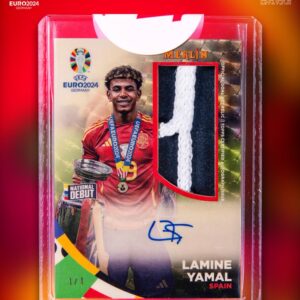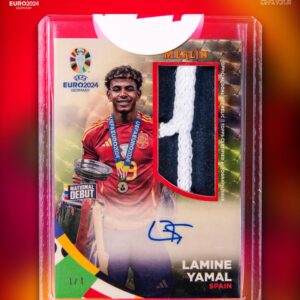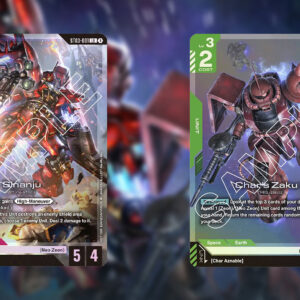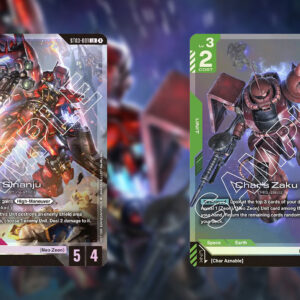Strolling through the aisles of your favorite big-box retailer on a Friday might feel a bit reminiscent of the early dawn rush outside a music festival these days. A burgeoning queue snakes out the door, an eager throng gathered not for the latest electronics drop or holiday sales event, but for something altogether more colorful: Pokémon trading cards. What began among Millennials as a nostalgic nod to their kiddie collector years has spiraled into a modern-day frenzy, not unlike the fervor surrounding the 1990s sports card madness. But there’s a lingering question in the frigid morning air: How much longer can this Pokémon trading card game (TCG) craze sustain itself?
Imagine, every Friday, the restock shelves turn into a virtual battlefield where children and enthusiasts trade pleasantries and perhaps well-aimed insults with professional scalpers. These scalpers, not unlike the opportunistic hawks they are, are not driven by a love of lore or the pursuit of Pokédex completion, but by the jangling coins of a quick profit. With credit cards in near-perpetual swipe mode, they hoard everything from the neon glow of starter packs to the lustrous sheen of special edition tins, all in the hope these will appreciate faster than retro-cool cryptocurrency.
Unfortunately, this speculative fervor is a double-edged sword. Young fans, those whose greatest wish isn’t wealth but the pleasure of adding their favorite Pokémon to their immaculate collections, find themselves pressed out of the market. Store flanks are often bare minutes after restock, the spoils of the day cruelly whisked away, only to resurface in the murky depths of online auction sites with price tags that seem more appropriate for a small island nation than a humble pack of cards.
To keep pace with this voracious demand, The Pokémon Company has set its printers spinning in overdrive. Sets once deemed scarce and therefore, invaluable, have become as ubiquitous as mismatched socks in laundry archives. Titles like “Evolving Skies” and “Crown Zenith” no longer conjure images of elusive treasures but of every collector’s drawer. And let’s not forget the illustrious “Van Gogh Pikachu” promotional cards, existing in such abundance that nearly 40,000 of them boast a perfect PSA 10 grade. Understanding rarity from perceived rarity could give even the most level-headed collector a spin.
Stepping into the Delorean of economic history, this current frenzy evokes memories of the sports card bubble of yore. Back in the glittery days of neon and synth, sports card manufacturers pushed print runs into stratospheric heights, matching a growing demand with an unimaginable supply. But as any bubble child of the ’90s can tell you, the perceived value dissipated faster than fog on a sunny day. Prices predictably collapsed, leaving erstwhile investors forlorn and drowning in a sea of worthless cardboard.
The Pokémon TCG market today stands precariously at a similar crossroads. With speculative buying rampant and hype-fueled prices soaring higher than any legitimate scarcity might warrant, a tip-over feels almost inevitable. The warning signs are there like ominous clouds on the horizon: scalpers increasingly entangled in unpaid credit, soaring PSA numbers, and disillusioned collectors pulling out of a market they feel is no longer rooted in reality.
But when might this bubble finally burst, you ask? We peer into an uncertain future with cautious uncertainty. Some argue we’re nearing the saturation point, ready to cross into a phase where scalpers, their debt now formidable, engage in fire sales just to regain fiscal footing. As collectors gain insight about inflated populations or sift the truth from hype, a quiet exodus could ensue, leaving market prices to languish.
Ultimately, wisdom handed down from seasoned collectors rings especially loud: tread carefully and patiently. History, being quite fond of repetition, could have the Pokémon TCG mirroring the frenetic rise and unfathomable fall seen in the ‘90s. In these trying times, one lesson remains crystal clear: authentic rarity, rather than speculative hype, is what can create enduring value. And so, perhaps, it’s time for collectors to take a page out of Mr. Mime’s book: knowing when to act, and more importantly, when to be invisible.






